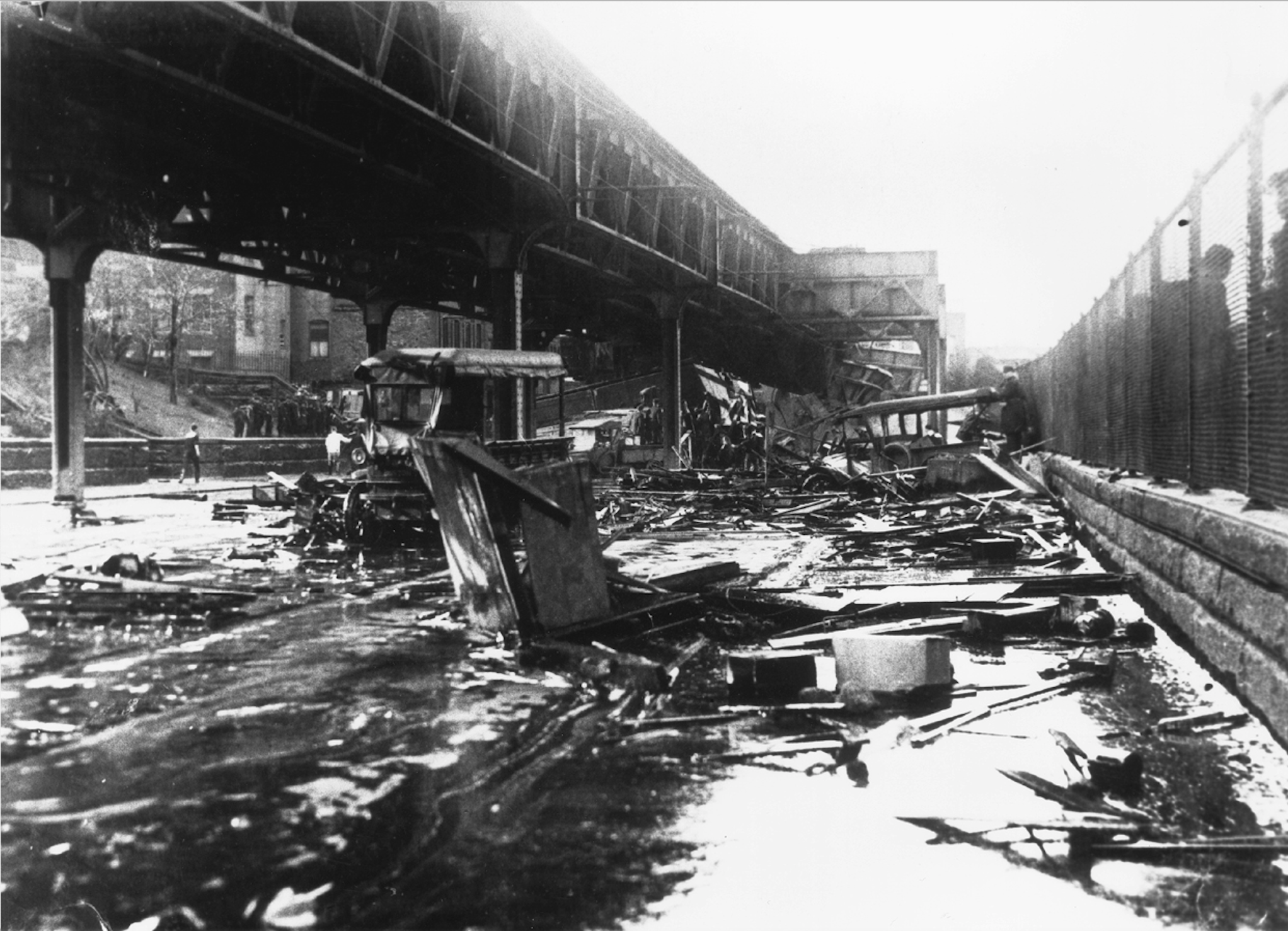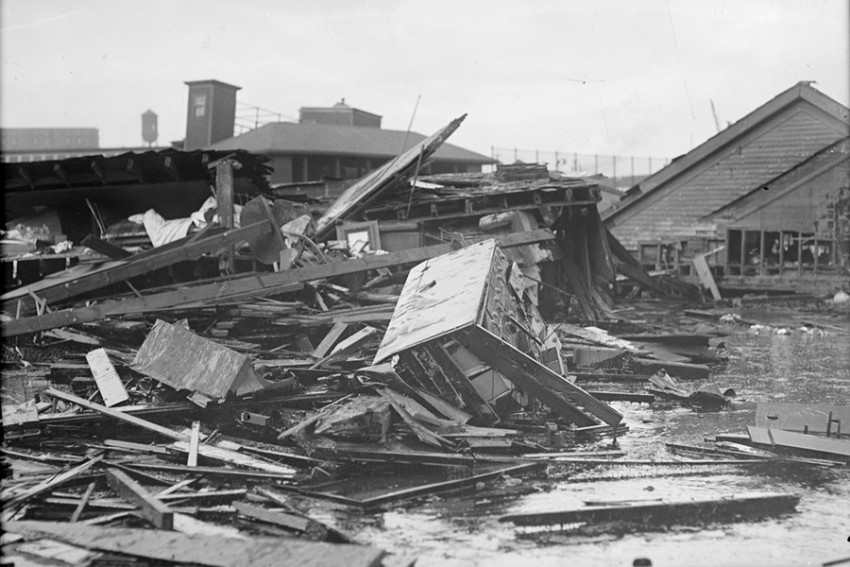

They were either knocked over and crushed or drowned in the goo. The wave of molasses moved so quickly and so forcefully that anyone who was unlucky enough to be in its way didn’t stand much of a chance. The human cost of the disaster was even more grim. The Massachusetts Foundation for the Humanities’s website claimed the property damage alone totaled around $100 million in today’s dollars. The molasses snapped the support girders from an elevated train track and smashed multiple houses. The wave moved at upwards of 35 mph, and the power was sufficient to rip buildings off of their foundations.
#MOLASSES FLOOD LICENSE#
(Although Prohibition kicked in with Nebraska’s ratification of the Eighteenth Amendment the very next day after the 1919 disaster, the United States Industrial Alcohol Company, Purity Distilling’s parent company, still had a license to distill alcohol for industrial applications.)īoston Post, Public Domain, Wikimedia CommonsĪ giant wave of a sticky foodstuff sounds like something from a cartoon, but the surging molasses was a shockingly destructive force. The steel tank was enormous: 50 feet tall, 90 feet across, and capable of holding 2.5 million gallons of molasses. With a little know-how, one can turn molasses into rum or industrial alcohol fairly easily, and the Purity Distilling Company had built the gigantic tank in Boston’s North End in 1915 to supply its booze-making operations. While most of us probably think of molasses as a tasty ingredient in treats like gingerbread, the sticky stuff has quite a few other uses.

The “Great Molasses Flood” tore through the city's North End and deposited so much gooey residue that locals claimed they could still smell the molasses on warm days decades later.

On January 15, 1919, Boston suffered one of history’s strangest disasters: a devastating flood of molasses.


 0 kommentar(er)
0 kommentar(er)
